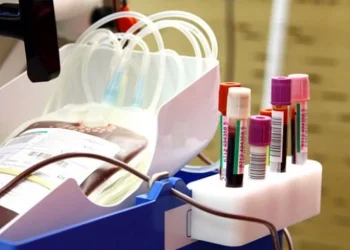A new wave of COVID-19 infections is emerging in parts of the United States and Canada, driven by a highly transmissible subvariant identified as NB.1.8.1—nicknamed “Nimbus.” This strain has gained attention for causing unusually severe throat pain, commonly referred to as “razor blade throat.”
Reports from China, where the subvariant has contributed to rising case numbers, describe the symptom as a sensation akin to having the throat lined with razor blades. Although this type of painful sore throat has been observed with previous COVID-19 variants, the intensity reported with Nimbus has drawn renewed concern from healthcare professionals.
What is “razor blade throat”?
“Razor blade throat” refers to an extremely painful sore throat that patients liken to swallowing shards of glass or broken objects. This symptom can become so severe that speaking, eating, or even drinking becomes difficult. While sore throats have been a common symptom of COVID-19, the Nimbus subvariant appears to cause more pronounced throat discomfort than earlier strains.
When to seek medical attention
Most cases of the Nimbus variant produce mild symptoms, but certain warning signs may indicate the need for medical evaluation:
- Persistent or worsening symptoms over several days
- Difficulty breathing or a sensation of chest tightness
- High fever exceeding 100°F lasting more than a few days
- Inability to stay hydrated due to throat pain, potentially leading to dehydration


































